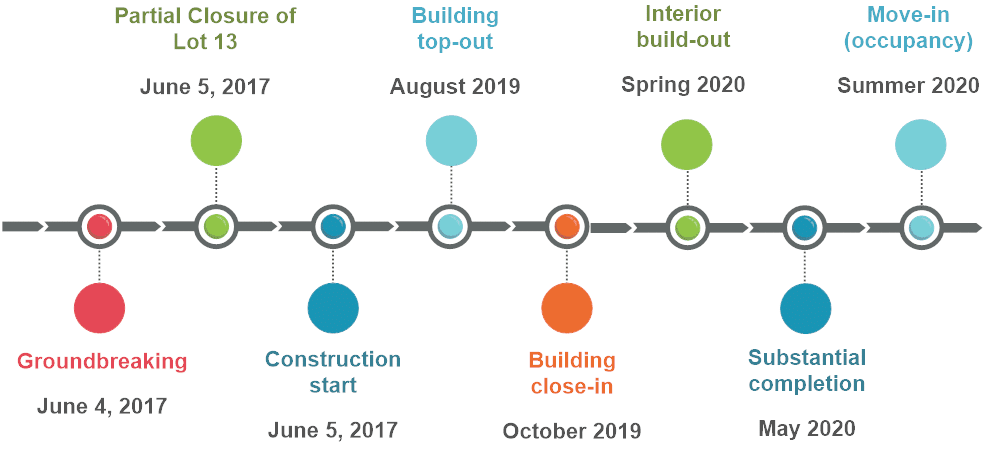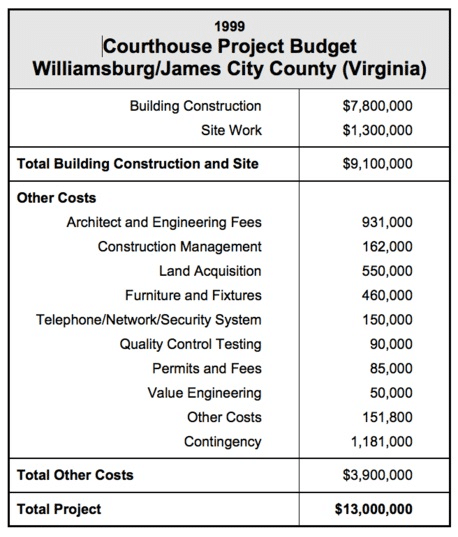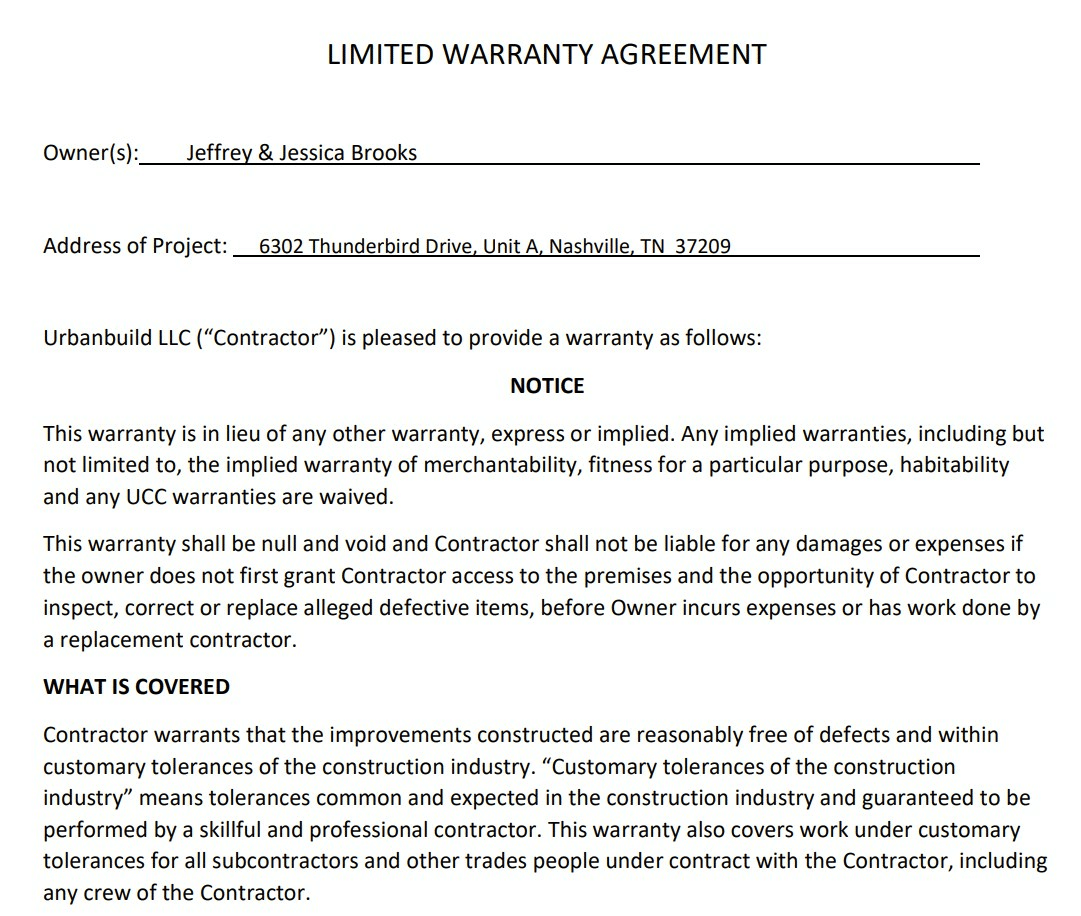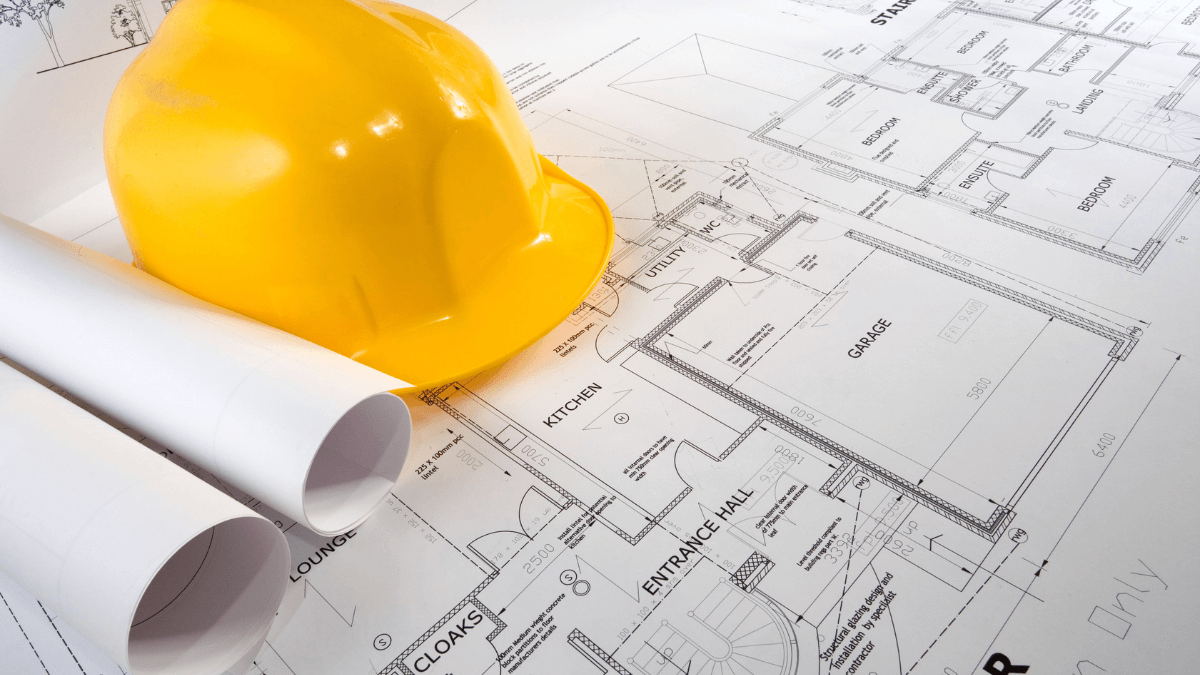Successful decision makers in the construction industry can discern which jobs will prove profitable and assess which projects their company can successfully complete with the available resources.
If you’re a decision maker in the industry trying to get as many successful bids for your company as possible, you first need to be able to prepare a great construction proposal.
In this article, we’ll help you choose which details to include in your proposal, from contractor qualifications to project and payment schedules and cost estimates, to information about dispute resolution.
To learn more about what to include and what to watch out for, read on!
In this article...
Contractor Qualifications
Private and public clients alike follow certain selection procedures to ensure they choose the best contractor for the job.
As part of those procedures, to prove their suitability, the bidding contractors will have to present their qualifications.
Those will include, as the bare minimum, proof of the company’s financial capability to carry out a potential contract, and valid licenses to perform the work, issued by state or local authorities.
Some of those licenses are only obtainable by passing local standard exams.
Ensure that your team’s qualifications meet or exceed these.
Exhaustive discussion of past projects is sometimes required, but it’s often helpful to include it even when it’s just optional.
However, keep in mind that securing a contract for a job that is well beyond your company’s capacity can result in cost or timeline overruns, strained relationships, unhappy reviews, and a demoralized workforce.
For example, if a request for proposals (RFP) specifies a project involving a great deal of historic restoration and no one in the company has expertise in that area, it’s probably wise to refrain from making a submission.
A company that has amassed several years’ worth of experience and good referrals in general construction, on the other hand, is probably well-positioned to submit a proposal to work on a mixed-space development in a suburban area.
In the event that the job involves minor construction aspects that the company cannot staff or does not have experience with, the project manager can arrange for a third-party contractor.
Showing that you can collaborate effectively in construction is just as important as your technical know-how.
Nevertheless, it is vital to avoid becoming too ambitious when considering which construction proposals to submit.
Even if the job is within the company’s window of expertise, contractors should not attempt projects that are well beyond their capacity to complete or require help from third-party contractors whose availability isn’t guaranteed.
In short, knowing your company’s limitations is just as important as understanding its strengths.
Scope of Work
The scope of work provides a step-by-step overview of the construction project. It also discusses the amount of labor and resources required to complete the build.
Clients often pay close attention to this section, as it establishes that your construction company understands the bid and that you can complete it on time and within budget.
A great construction proposal meets all the requirements of the RFP or invitation to submit a proposal.
While many sections of a construction proposal can be repurposed from previous submissions for the sake of efficiency, it’s worth the time and effort to tailor your proposal to every potential project.
Showing that your company pays close attention to details such as how names are spelled, how many pages are permitted in the proposal, and the characteristics of the build’s neighborhood might help tip a client in your favor.
Here is an example of a well-constructed scope-of-work document.

Note that the document includes a clear listing of each task and the timeline you expect to follow for the project.
The designer has wisely used an easy-to-understand layout and contrasting colors to separate one phase of the project from another, thus ensuring clarity.
It is in your best interest as the contractor to ensure that the scope of work is as detailed as possible, as this part of the proposal lists every task for which your company agrees to take responsibility.
To avoid ambiguity and requests to complete work you didn’t budget for, put an adequate amount of time and effort into this part of the project, and strive for accuracy.
The scope of work should also indicate how you plan to use subcontractors in the project.
For example, if your company is turning to a third party to pour cement, provide information about who you plan on entrusting with this part of the job.
Clients deserve to know that you have planned ahead, and they’ll appreciate the fact that you are well-connected in the industry, and that you took the time to ensure that the appropriate resources are available.
You must indicate that you have considered inventory items, the availability of raw materials, and your own ability to provide qualified laborers.
Project Schedule
Some RFPs call for an individual schedule from the outset, projected on a month-by-month basis, that stands separately from the scope of work.
Others, typically for larger and more complex jobs, will initially only ask for a rough estimation of the expected timeline.
In these latter cases, the client expects a firmer timeline later in the process.
It goes without saying that your project schedule cannot exist without two key elements: the start date and the final deadline by which the project should be completed.
However, it is a good idea to also list important milestones denoting the various stages of the project.
Below, you can see an example that is easy to read and uses a timeline to generally communicate the project milestones.

The schedule shown above is effective in a construction proposal because it is color-coded and simply laid out, offering an easy overview of the planned stages of the project.
Notice that it provides information about potential timelines for phases that require relocation or logistical planning on the client’s part.
Here, the contractor provides a specific date for the partial closure of a parking lot.
The client must prepare for it accordingly—relocate some employees’ usual parking spaces—whereas the location of the work might render other parts of the lot unusable to allow room for large construction equipment.
While these phases of construction are often uncomfortable for clients, they will appreciate knowing when alternative arrangements are necessary.
Understanding the projected date of major stages of the project can help the client plan for such disruptions.
Project Cost Estimate
The cost section of a construction proposal is often the trickiest to get right, as project managers must balance clearing a profit with providing a competitive bid for the client.
The key thing is to be thorough and precise. Clients like to see as much detail as possible when projecting costs.
The project cost estimate must include the costs of labor, equipment, materials, and permit fees.
Contractors must also consider overhead costs such as office or equipment rental and employee insurance.
The cost estimation should also include allowances and an emergency fund for unexpected expenses, such as reworking certain sections after severe weather events, or clearing out environmentally dangerous materials from the site.
Don’t forget to include such items as utility installment, landscaping, and storm water retention.
In short, when estimating costs, give the client as much information as you reasonably can.
Accounting for all the expenses you already expect, from permitting fees to the price of installing a security system, for example, reassures the client that you are doing your best to provide an accurate estimate.
Sometimes, however, it’s impossible to accurately predict how much something will cost. For instance, in a volatile market, the prices of certain raw materials fluctuate wildly.
Your cost estimate should make provisions for such circumstances, too.
For instance, in the example below, the budget includes a section called “other costs” to provide for expenses that might arise once the project manager approaches the build with more details.

Projecting construction costs is sometimes complicated enough to demand the services of a cost estimator.
Moreover, especially when first starting a construction company, it’s tempting to cut corners or place a bid with an extremely thin profit margin to secure the job.
After all, in those early stages, it’s particularly important for your company to build a good construction project portfolio of past works, and shortcutting your way to high-visibility projects might seem like a good short-term strategy.
However, this isn’t wise—lowballing can leave the project manager open to losing money or violating safety codes to stay financially afloat.
A realistic cost estimate shows that you understand every aspect of the build and are willing to show financial transparency to the client.
Payment Schedule
A logically ordered payment schedule is a key aspect of any construction management plan and consequently a vital part of a good construction proposal.
Including a payment schedule allows contractors to maintain a reliable cash flow, ensuring that they are paid for their work on time.
The payment schedule is usually completed after the final cost budget so that the client knows how much cash infusion is expected at each phase.
Here’s an example of a straightforward payment schedule for a residential bathroom remodel:

The more complex a construction project, the more interwoven and detailed the payment schedule will become.
According to Thomas Custom Builders, deposits for a small general construction project are usually state-dependent and can range anywhere from 10% to 30% of the total cost.
Providing such information as your insurance documentation and indicating that your payment schedule is compliant with the local laws demonstrates your competence and professionalism.
Limited Warranty
The warranty establishes which work the construction company must repair in the event of a mishap as well as, perhaps more importantly for project managers, which related costs are the responsibility of the client.
Keep in mind that a limited warranty is different from construction asset warranties, since it determines the financial responsibility for various parts of the project.

Warranty agreements often contain boilerplate language, as seen in the example above, which shows just the first few sections of the warranty.
It includes such basic information as the address of the project and the terms under which the contractor will work.
This particular warranty example goes on for four pages, enumerating who is responsible for what.
For example, this contract stipulates that the contractor is not financially liable for “damage from alterations, misuse or abuse by any person, ordinary wear and tear, or problems caused by lack of maintenance.”
Complete a warranty with a capable attorney at your side.
Finally, keep in mind that warranty agreements can vary by state, so always make sure to check the relevant regulations and practices in your area.
Conclusion
A great construction proposal can mean the difference between winning a lucrative contract or seeing the client turn to another provider who seems to understand the project better.
Providing accurate and carefully considered information is the foundation of any successful proposal.
Include contractor qualifications, the scope of the project or work, a schedule for the project, an estimate of the total cost, a realistic payment schedule with deposit information, and a comprehensive limited warranty.
With the right approach, your chances of making successful bids will increase significantly.






